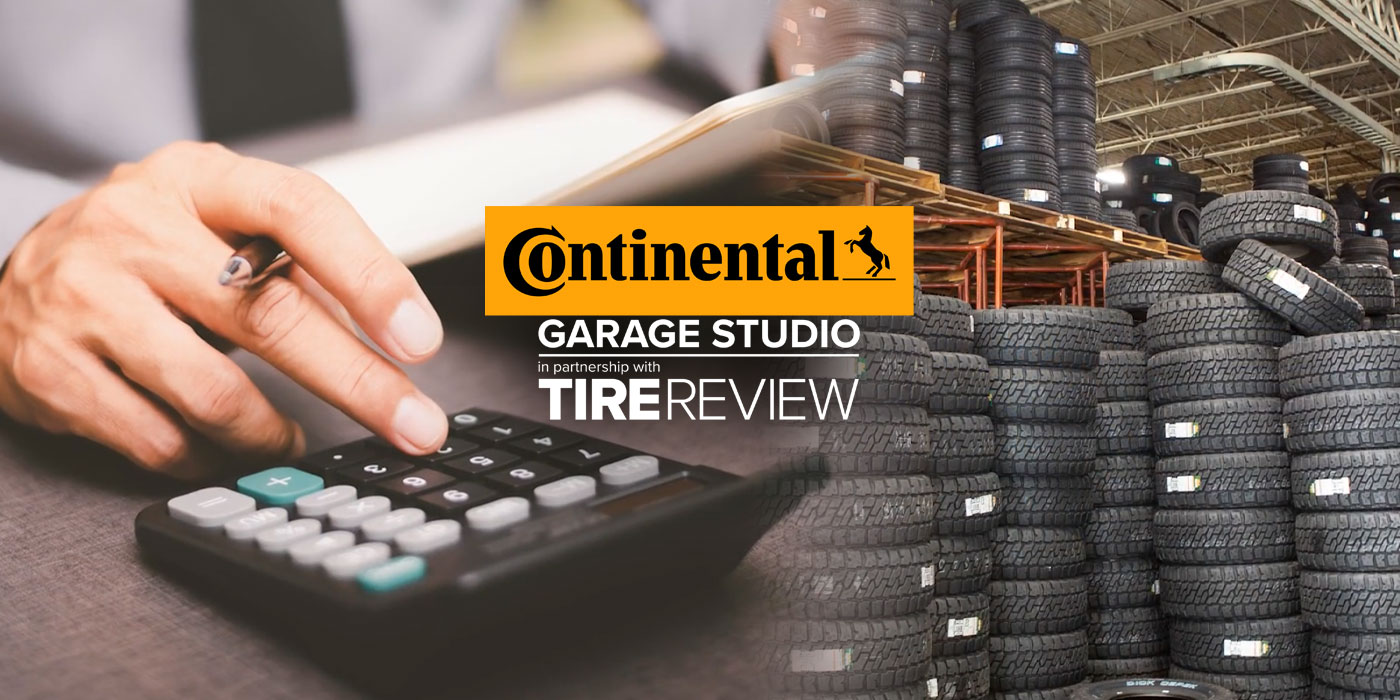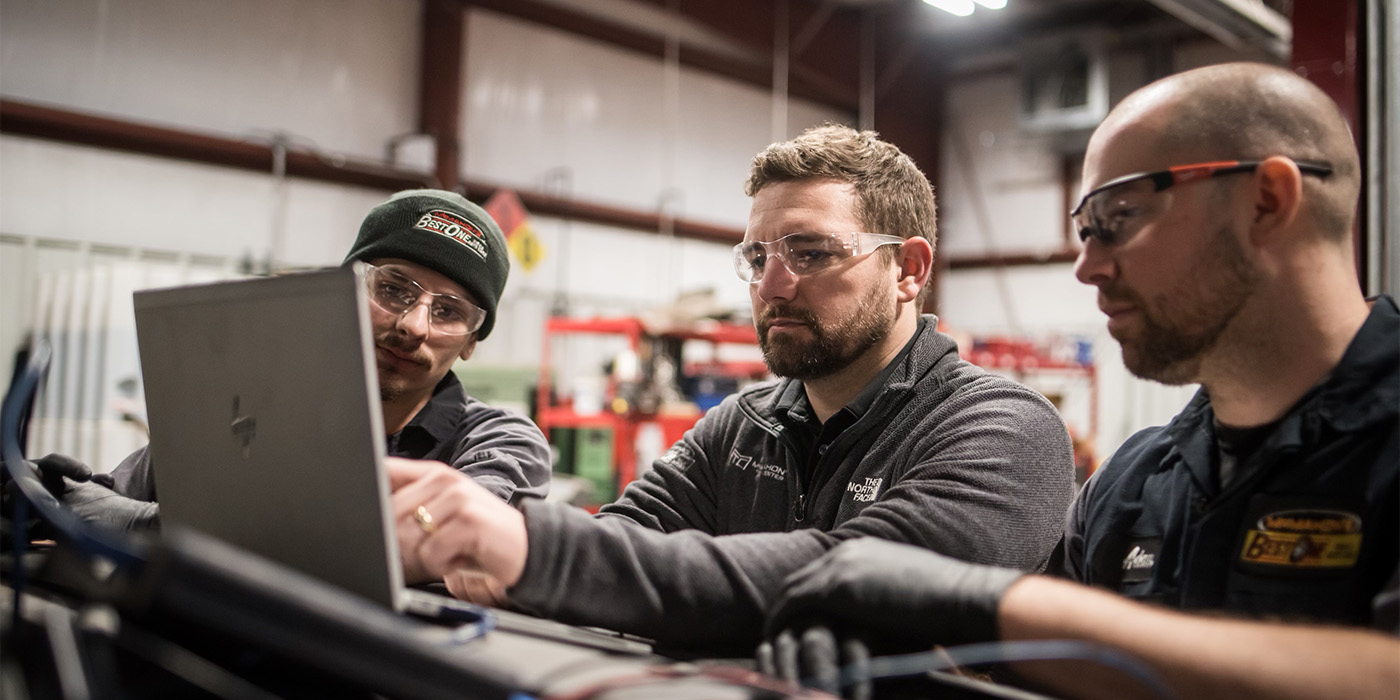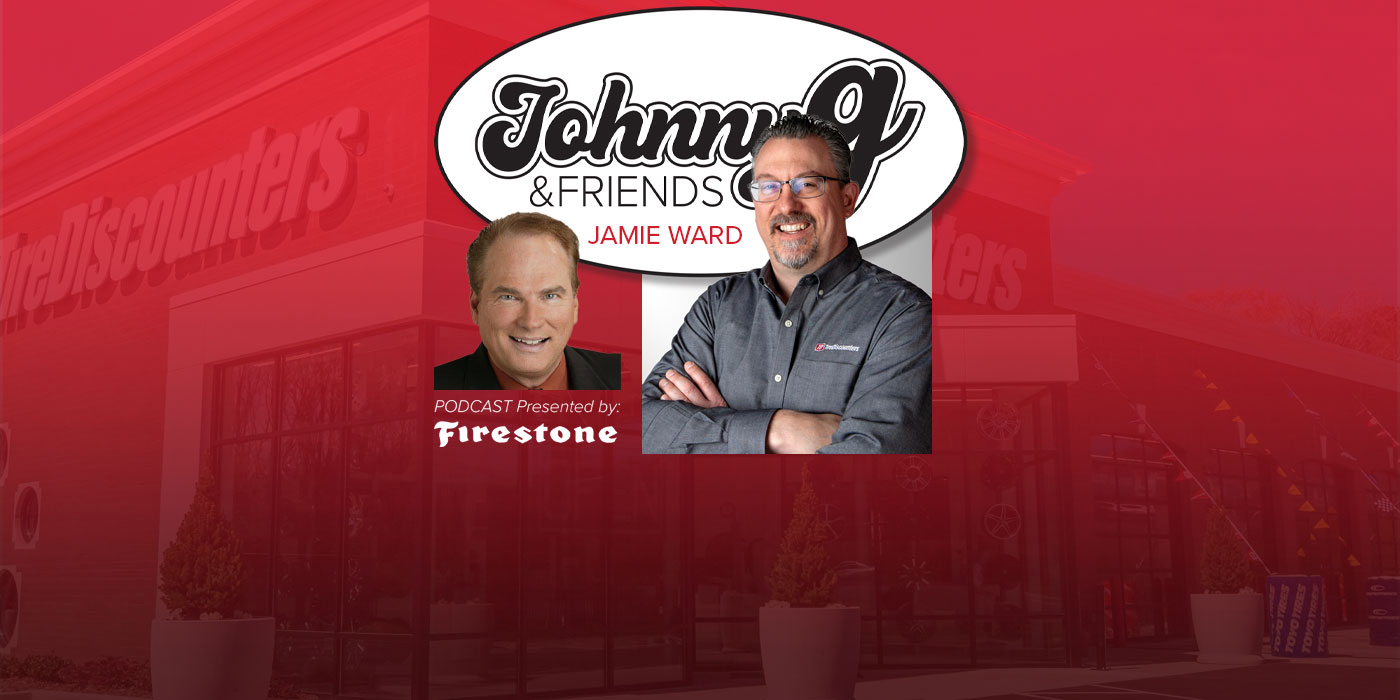You’ve probably heard the phrase, “Put it in writing.” While we all know that your shop’s policies and procedures should be written down, a playbook takes that concept to a whole new level.
It’s not just the details that matter with each policy. It’s also how each policy interacts with other policies—the steps and training needed for each and every policy. Simply put, a good playbook offers a true framework of your business.
Your shop is filled with the latest tools and technology. Consider a playbook another tool that’s needed to create or build a successful business. This document not only represents you, your business and its policies in detail, but it also shows your history, philosophy and objectives.
A playbook isn’t something that will be completed in a day or a week. It should be developed over time and continually evolve. The culture of your business changes. Your customer base increases. You start to use new technology for your shop. With each change, your playbook should be revisited and revised.
It’s easy to get a bit overwhelmed by the amount of information that needs to be documented, but if you attack each component one by one, it can feel more manageable.
“Do your playbooks a little every day—it doesn’t all have to be done at the same time,” says Terri Erickson, owner of Automotive Excellence in Rohnert Park, California. “Take it one bite at a time.”
Let’s go over the most important components of a playbook. You’ll most likely add more sections than what is listed here, but if you can complete these sections, you’ll be more than halfway there!
Company Mission Statement
This states your overall purpose for being in business. As your business grows, your mission will change. Think of this as a big statement about your shop. An example is: “We work every day to service each client as if they were family.”
Goals
State what you want to do, and where you want your business to be at this time next year, and in five years. The goals should be big and aspirational, but not so big that they seem unattainable.
Procedures
Procedures document how things are supposed to be done—from how to open your shop each morning to proper equipment maintenance to how an employee should request time off. Think of a procedure as a step-by-step method to complete and finish something.
Policies
These are the “rules” of the shop. They tend to be very black and white; there’s nothing ambiguous about a policy. A few typical policies are the dress code of the business, employee PTO allotment, benefits and the hours of the business.
“It’s vitally important to have policies and procedures,” says Samantha Radak, owner of Protrans Automotive in Riverside, California. “Everyone understands our values and it keeps everyone on the same page with the same expectations.”
Guidelines
Not to be confused with a shop policy, guidelines tend to offer general recommendations of how to perform and complete a job. A guideline is less stringent than a policy. For example, it may be a statement on how to take in a customer’s vehicle.
Flow Charts
Flow charts are a visual representation of how things progress—or flow—in your shop. To produce a flow chart, it could be as simple as creating boxes on a blank document and listing in each box the steps that are required when a car comes into the shop.
- Step 1. Vehicle comes into the shop.
- Step 2. Service advisor documents the problem or issue with the vehicle.
- Step 3. SA submits RO to the tech’s rack.
- Step 4. …And so on, until you get to the last steps of returning the car to the customer. This is a terrific tool for new employees. It’s an easy-to-grasp representation of the processes in the shop.
Organizational Chart
This is just what it says. It’s a visual representation of who does what in your shop. This doesn’t need to be elaborate. The shop owner (you) are at the top, and your departments are listed below. Each of the department’s members are in each section. This is a great tool for a new employee. When they start, they want to know who does what. This is a clear chart just for that purpose.
Job Descriptions
Related to an organizational chart, job descriptions are a clear description of each employee, their title and what they do. Depending on what the title includes, it could be as simple as one paragraph.
Conclusion
There are a few other playbook components that we didn’t cover here—such as KPIs, terminology and checklists. But the above areas are a great start. The use of short video clips and photos are also terrific elements to include in a playbook.
Remember, you won’t complete a playbook in one day or a week; it is something to continually work on. A playbook is a living, breathing document that should evolve alongside your business.
More from Tire Review’s 2021 Business Planning Guide:
- Recognizing Employee Milestones & Accomplishments
- Are You a Leader if No One Follows You?
- Is Your Business Growing?
Check out the rest of the November digital edition of Tire Review here.














